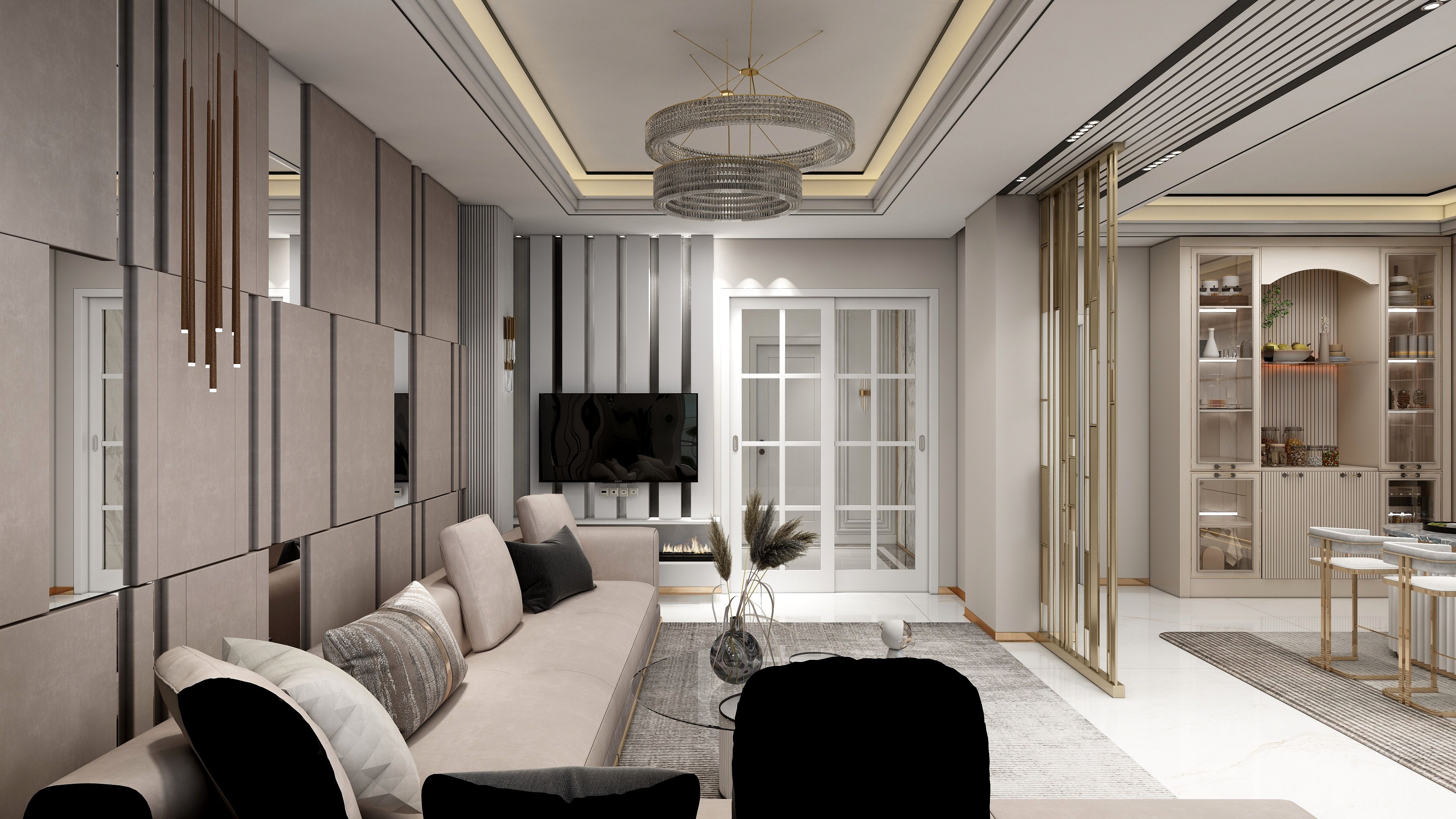Ultimate Guide to Sports Hall Design and Build: Maximize Functionality and Aesthetics in Your Sports Facility

Designing and building a sports hall is an essential undertaking for schools, communities, and sports clubs. A well-designed sports hall not only enhances the functionality of the space but also promotes an active lifestyle among its users. Whether you are considering a new sports hall or renovating an existing one, understanding the key elements of sports hall design is crucial. In this guide, we will explore essential aspects of sports hall design and build to maximize both functionality and aesthetics.
Key Considerations for Sports Hall Design
When embarking on a sports hall design project, several key considerations must be taken into account:
- Space Requirements: Determine the size and layout according to the types of sports to be played.
- Multi-Functionality: Design for versatility to accommodate various sports and activities.
- Accessibility: Ensure the facility is accessible for all users, including those with disabilities.
- Safety Features: Incorporate safety features such as padded walls and non-slip flooring.
Flooring Options for Sports Halls
The choice of flooring is critical in a sports hall, influencing both performance and safety. Consider the following options:
- Wood Flooring: Ideal for basketball and volleyball; provides excellent shock absorption.
- Vinyl Flooring: Durable and easy to maintain; suitable for multipurpose use.
- Rubber Flooring: Offers great traction and is commonly used in fitness areas.
Lighting and Acoustics
Proper lighting and acoustics are vital to creating a functional sports hall:
- Natural Lighting: Incorporate windows or skylights for natural light, enhancing the atmosphere.
- Artificial Lighting: Ensure adequate lighting for all activities, focusing on bright, even illumination.
- Acoustic Treatment: Use acoustic panels to minimize noise and enhance sound quality.
Incorporating Technology in Sports Hall Design
Modern sports halls benefit from technology integration, such as:
- Scoreboards: Digital scoreboards enhance the spectator experience.
- Audio Systems: High-quality sound systems for announcements and music.
- Surveillance Systems: Ensure safety and security within the facility.
Building Regulations and Sustainability
When designing and building a sports hall, it’s important to adhere to local building regulations and consider sustainable practices:
- Building Codes: Understand and comply with all relevant codes and regulations.
- Energy Efficiency: Opt for energy-efficient systems and materials to reduce operational costs.
- Environmental Sustainability: Incorporate eco-friendly building materials and practices.
Conclusion
Designing and building a sports hall is a project that requires careful planning and consideration of various factors to create a functional and inviting space. By focusing on key elements such as space requirements, flooring, lighting, technology, and sustainability, you can create a sports hall that meets the needs of the community and encourages an active lifestyle.
FAQ
Q: What is the best flooring option for a sports hall?A: The best flooring option depends on the sports played, but wood flooring is commonly used for basketball, while vinyl and rubber are great for multipurpose areas.
Q: How can I ensure the sports hall is accessible?A: Incorporate features such as ramps, wide doorways, and designated seating areas for individuals with disabilities.
Q: What technology should I include in a sports hall?A: Consider incorporating digital scoreboards, audio systems, and surveillance systems to enhance functionality and safety.
Please check with customer service before testing new feature.

